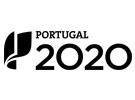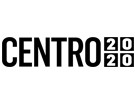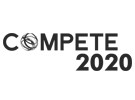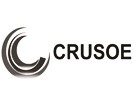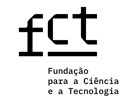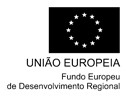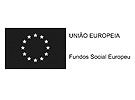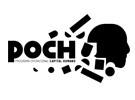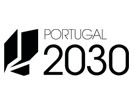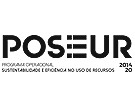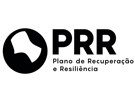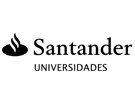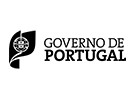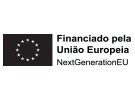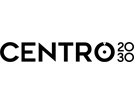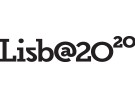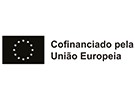



Publication in the Diário da República: Despacho nº 9982/2016 - 05/08/2016
4 ECTS; 1º Ano, 1º Semestre, 30,0 T + 15,0 TP + 2,0 OT , Cód. 338045.
Lecturer
(1) Docente Responsável
(2) Docente que lecciona
Prerequisites
Not applicable.
Objectives
Future professionals in the conservation and restoration of buildings are expected to be able to:
A-Know terms of reference for project development
B-Understand the pathologies originating in the construction system
C-Master emerging techniques
D-Work collaboratively with professionals from other specialties
E-Identify and develop a professional trajectory
Program
I-New theories and conservation methodologies in buildings and monuments
Importance of research in the operational approach to architectural heritage
II-The different C&R specialties applicable to buildings and their interconnections
III-Interaction of C&R activities with other project specialties
-Requirements and contingencies of different specialties
-Sequence of work by specialties
IV-Relationships between conservators and restorers with other stakeholders
-Specialized business associations
-Company certification process
V-Advanced scientific techniques in understanding and interpreting pathologies
-Constructive and material characterization
-New inspection and testing techniques
VI-Elaboration of the specialty project
-Methodologies
-Terms of reference in project documents
Evaluation Methodology
Assessment in all assessment periods consists of written work with
oral presentation and discussion. The student will pass if they have a grade equal to or greater than 09.5v (0-20 scale)
Bibliography
(2003). Conservation of Historic Buildings. London: Routledge
(2006). Conservation of Ruins.. London: Routledge
(2009). Conservation. Principles, Dilemmas and Uncomfortable Truths. Oxford: : Butterworth-Heinemann
(2014). The Public Face of Conservation. . London: Archetype Publications
Teaching Method
-Expository method using multiple detailed illustrations.
-Presentation and discussion of practical cases will allow verifying the technical suitability and
economic of the recommended solutions, favoring the critical intervention of students;
-Carrying out individual work involving various theoretical and methodological issues
-Study visit to work that may involve different specialties
Software used in class
Not applicable
